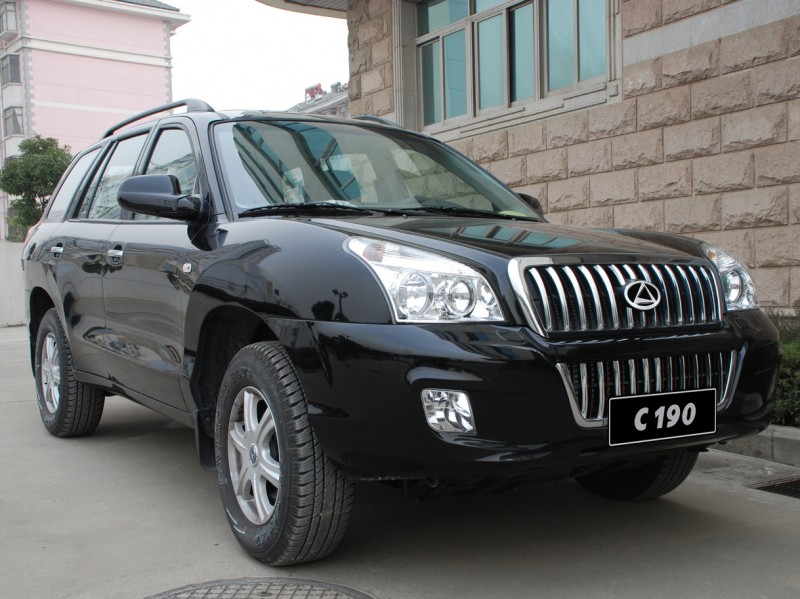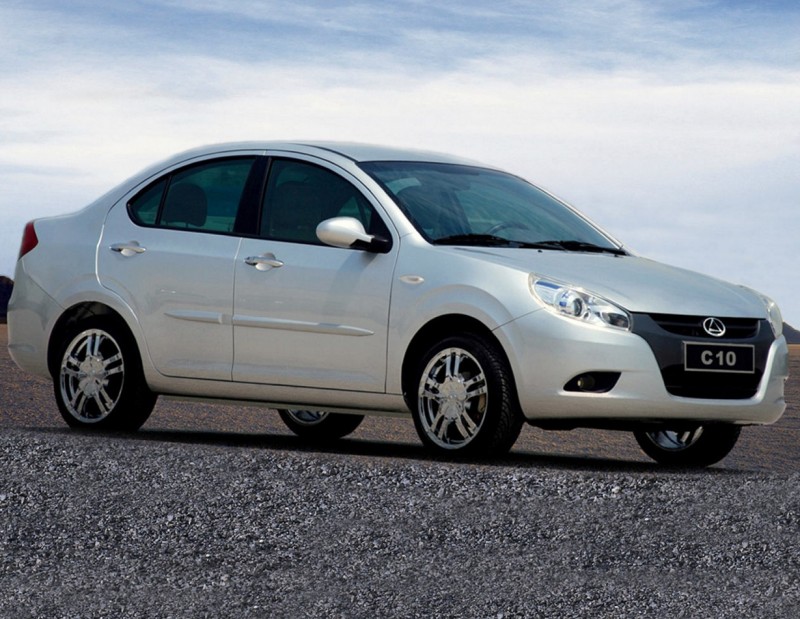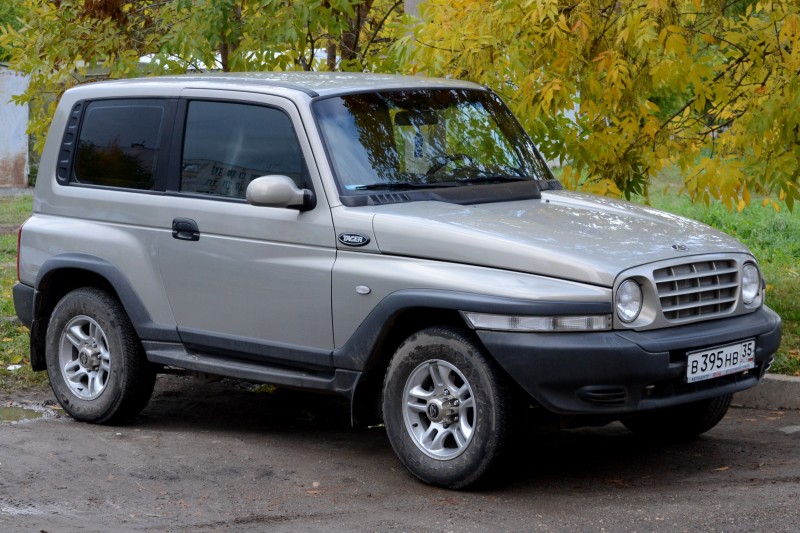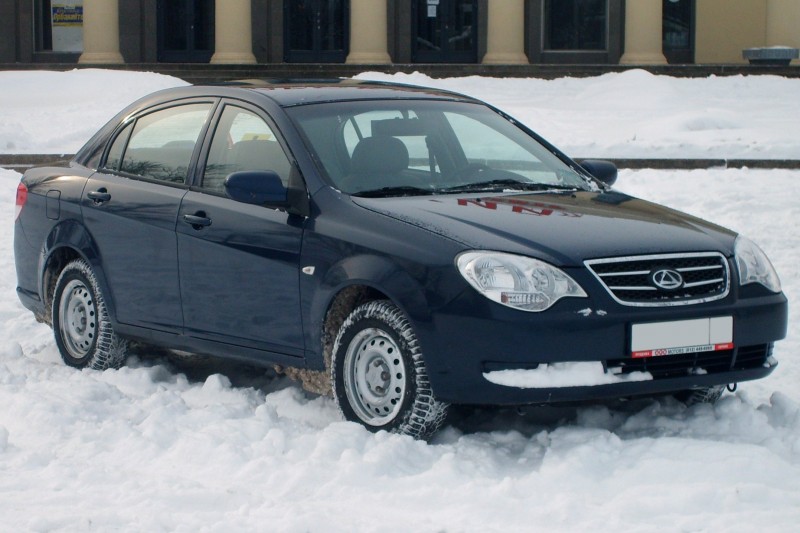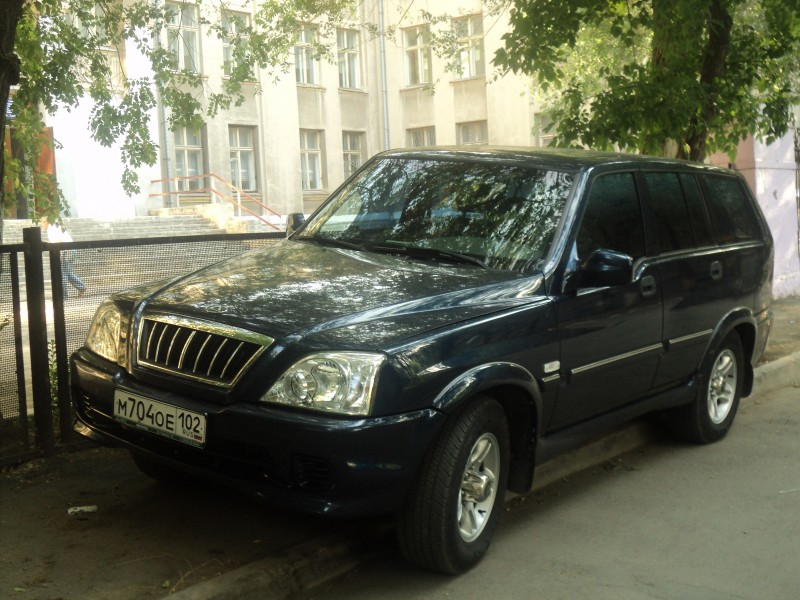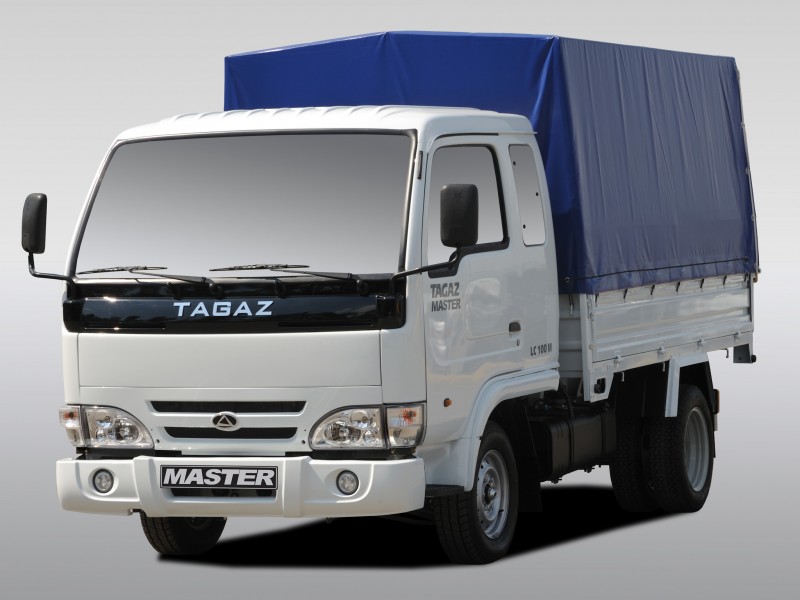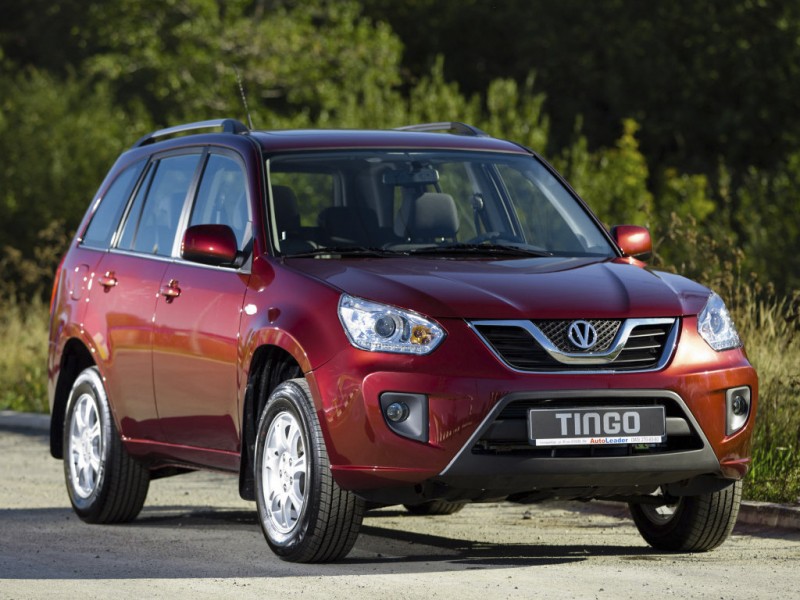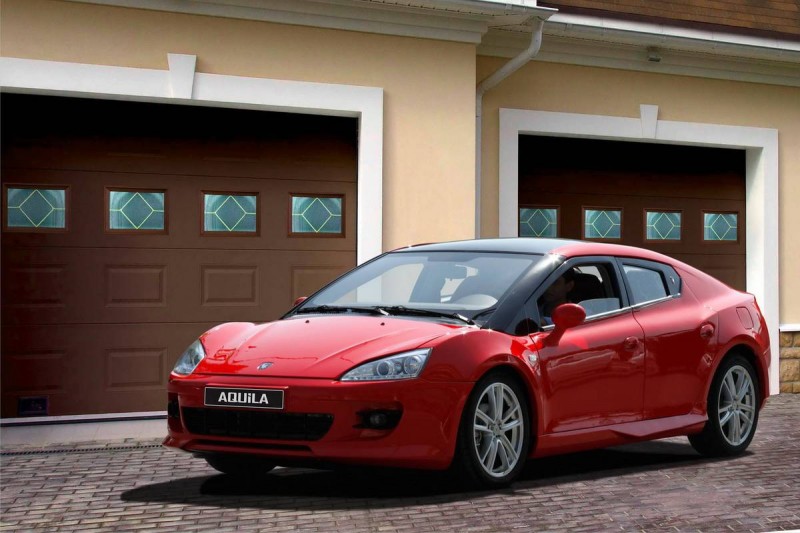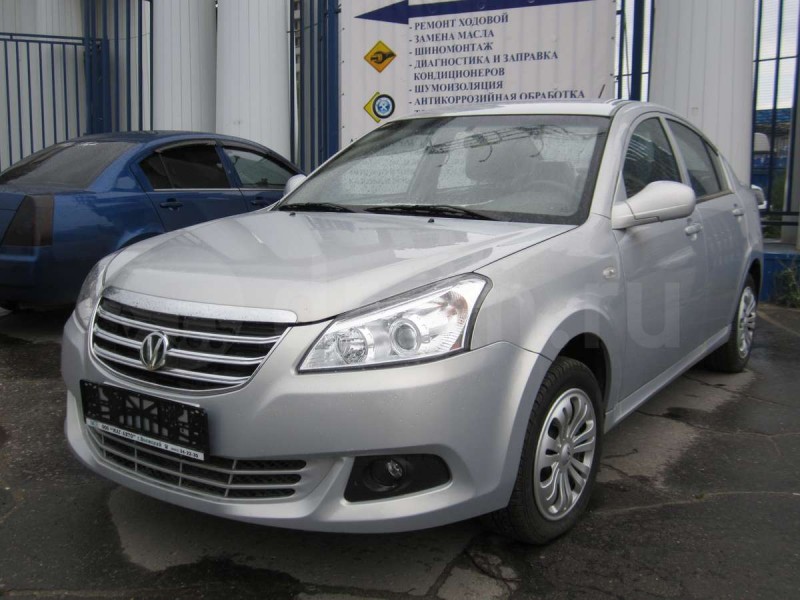History of the Taganrog Automobile Plant
In mid-September 1998, the opening ceremony of the Taganrog Automobile Plant was held, built under the auspices of Daewoo Motors on the site of the former combine harvester plant. The whole Tagaz model range.
On the Russian side, the Doninvest financial and industrial group took part in the project. The plant planned to produce cars designed by Daewoo under the Russian names Condor, Orion and Assol.
However, only a month before the plant was put into operation, Russia was hit by the most severe financial crisis of the last decades, so after the grand opening of the plant was immediately put on care and maintenance. For the next two years, the assembly of cars was carried out only occasionally and in very small batches.
The production lines were maintained in working order, and a year later an attempt was made to put the production line into operation, but due to the failure of Korean partners to meet their obligations to supply components, less than a thousand vehicles were produced and production was restored.
Start of production
The turning point in the fate of the Taganrog Automobile Plant was the signing of a contract with the PSA in April of the two-thousandth year on the assembly of a 5-seater Citroen Berlingo pickup truck under the internal Russian name “Orion-M”. The production started in just two months.
At the same time, it was possible to conclude a contract with the South Korean Hyundai on the assembly of the popular Hyundai Accent at Tagaz facilities. Already next year, these machines began to come off the assembly line. The technological process was gradually improved, allowing more and more operations to be carried out by the company in Taganrog.
Four years after the recommencement of production, the next model, Hyundai Sonata, was launched. South Korean affiliates emphasized the high culture of production at the plant. And as a further development of the partnership in 2005, the assembly of a new type of products, Hyundai Porter, was established, which was developed specifically for production at the Taganrog factory.
The company did not rest on its laurels and consolidated its success by the fact that the Santa Fe SUV came out of its workshops and was soon followed by the Elantra XD model. In the spring of 2009, the company began to offer independently developed vehicles: Sedan Tagaz Vega, and diesel light-duty truck Tagaz Master. In addition, the company launched the production of a school bus, the design of which was based on Hyundai County.
Economic difficulties
However, due to the global crisis of 2008, production volumes have more than halved and financial problems have started to accumulate. The inability to repay its financial obligations to VTB Bank forced the bank to sue for bankruptcy in 2010.
The situation was saved by the government’s interference – the lawsuit was dropped. This year the company purchased a plot of land for the planned construction of the third production base, in which it was planned to invest more than two billion rubles from the very beginning.
The start of production at these new production facilities was planned for 2012. The year 2011 saw the start of sales of the Tagaz C10, which was an adapted version of the JAC A138 Tojoy for Russian conditions.
In July, the company signed a cooperation agreement with BYD Auto, according to which the plant is able not only to start assembling from a BYD F3 sedan, but also to implement them through its own dealer network. And in autumn, the assembly of cars under the brand name Vortex Corda – adapted in the versions of Chery cars. In March 2013, the Tagaz Aquila became available.
Bankruptcy and Sale
But in the spring of 2012, the company itself filed a lawsuit to the court to declare it bankrupt. The reason was the decline in sales and the inevitable reduction in the number of employees. In January 2014, Tagaz was declared bankrupt and a financial rehabilitation procedure was scheduled.
In May, Donivet Bank and Tagaz acquired A. Razin, whose plans included the resumption of the assembly line for Tagaz, mainly small trucks, school buses, public transport and special transport for the disabled.

